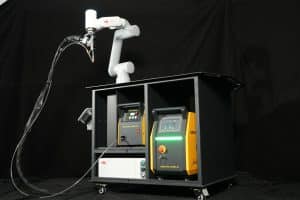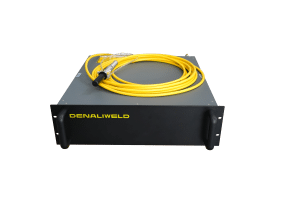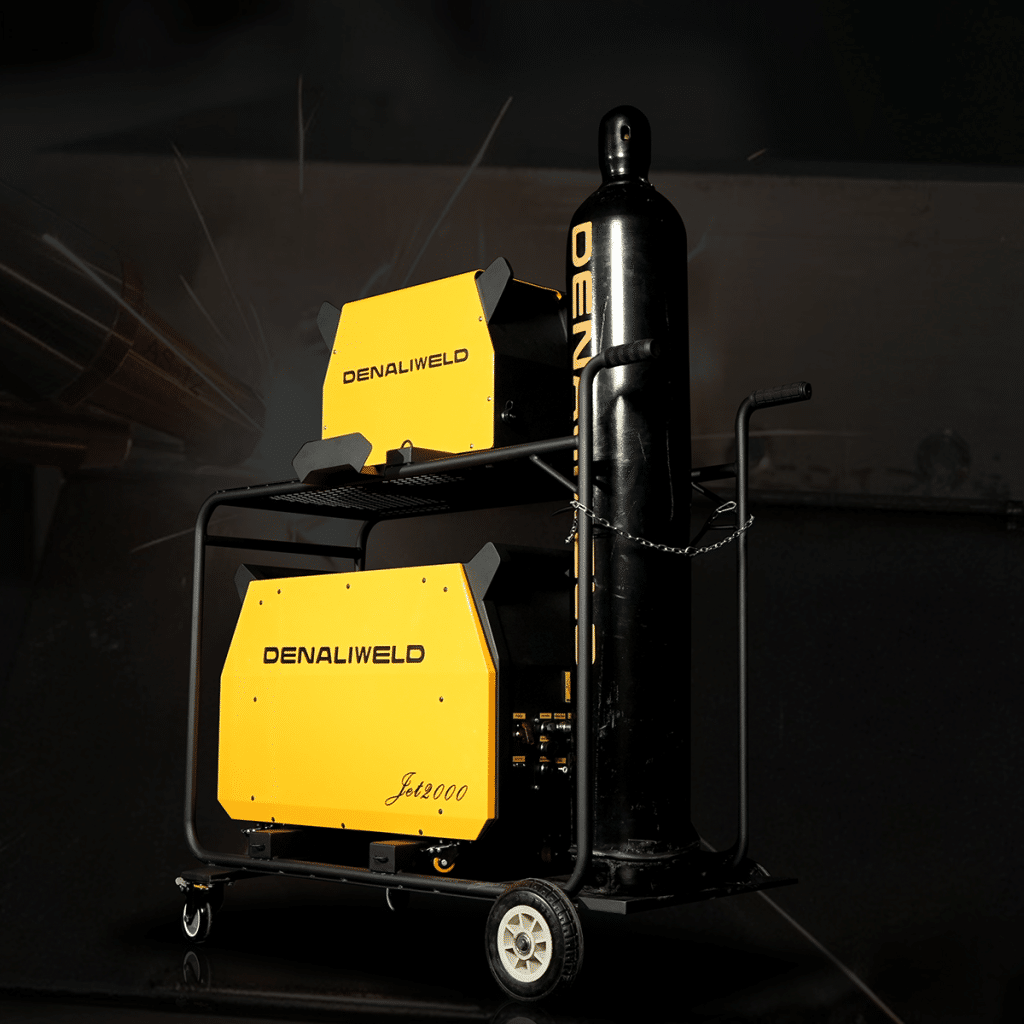Using a laser welding machin correctly requires proper training and safety precautions. Here are some general steps to follow:
Before using a laser welding machine, read the user manual carefully. It will give you an idea of the machine’s capabilities, limitations, and safety precautions.
When using a laser welding machine, you should wear protective gear, including safety glasses, gloves, and a full face shield. This will protect your eyes and skin from the intense light and heat generated by the laser.Set up the machine: Set up the machine according to the manufacturer’s instructions. Make sure it is placed on a stable surface, and all the connections are secure.
Choose the appropriate laser power, spot size, and pulse duration for the materials you are welding. Consult the user manual or a welding expert if you are unsure.
Position the workpiece correctly under the laser beam, ensuring that it is held securely in place.
Before welding, test the laser beam to ensure it is aligned correctly and focused properly.
Once everything is set up correctly, start welding, moving the laser beam across the joint slowly and steadily.
Monitor the welding process carefully, adjusting the settings as needed. Be alert for any signs of overheating, warping, or other issues.Finish and clean up: Once the welding is complete, turn off the machine and let it cool down. Clean up any debris or excess material left over from the welding process.It’s also important to remember that laser welding machines can be dangerous if not used properly, so be sure to follow all safety precautions and receive proper training before using one.
Winter low temperature care guide
In the extremely low winter temperature conditions, the laser’s anti-freeze maintenance should be more attentive:
when the ambient temperature drops below the freezing point, the coolant in the laser will change from liquid to solid, the volume will also increase and may rise through the water pipe. Once the internal components are cracked, the laser may face the dilemma of being returned to the factory for repair, bringing greater economic losses to the user.Draining the Coolant If the laser will not be used for an extended period, it’s essential to drain the coolant from the laser. This process requires an external gas introduction to remove the coolant entirely. To do this, remove the water inlet hose from the laser and introduce compressed gas (pressure < 3 bar) into the water inlet for the same period until the residual coolant in the internal water circuit is drained clean from the outlet.Ensure Signal Chain Between Water Cooler and Laser is Functional Make sure that the signal chain between the water cooler and the laser is in effect to prevent the core components of the laser from being affected in the event of a fault in the water cooler. Keep the Water Cooler On It’s essential not to turn off the water cooler, particularly at night. Ensure that the water cooler is not shut down, while the water temperature is set between 5~10℃ to ensure that the coolant flows correctly and the temperature is above the freezing point. Add Antifreeze to the Cooling Water It’s essential to add antifreeze to the cooling water. A mixture of ethanol and water is generally recommended, and the freezing point of the mixture will drop by about 10°C for every 10 percentage points increase in ethanol content. Therefore, it’s crucial to determine the amount of ethanol to be added. You can also choose commercially available antifreeze, such as Clariant’s AntifrogenN antifreeze, which has a 3:7 ratio of antifreeze to deionised water and can lower the freezing point of the coolant to -20°C when added at this ratio. It’s essential not to use automotive or other machine tool antifreeze as a substitute since these may contain ingredients that corrode metal parts and rubber hoses, causing irreparable damage to the fibers. Keep the Laser in a Constant Temperature Room If possible, users in extremely cold areas should keep the laser in a constant temperature room. This helps to maintain the laser at a stable temperature, preventing any damage that might occur due to extreme cold temperatures. By following these guidelines, you can help ensure that your laser stays in top condition during winter, prolonging its lifespan and protecting your investment.
High temperature care guide
Lasers are complex instruments that require regular maintenance to perform optimally. During high-temperature weather, additional maintenance may be necessary to keep the laser functioning correctly. Here are some guidelines to follow:
Check Cooling System The cooling system is one of the critical components of a laser. During high-temperature weather, the cooling system needs to be functioning correctly to prevent the laser from overheating. Ensure that the coolant level is adequate and the coolant mixture is correct. Check for leaks and ensure that the cooling fans are working correctly. Keep the Laser Clean Dust, debris, and other contaminants can accumulate on the laser’s surface during high-temperature weather, leading to reduced performance and even damage to the laser. Ensure that the laser’s exterior is kept clean, and use a soft cloth or compressed air to remove any dust or debris. Check Optics The optics are another critical component of a laser. During high-temperature weather, the optics can become misaligned or damaged due to the expansion of metal parts. Ensure that the optics are clean and aligned correctly. Use a laser alignment tool to check the alignment and make any necessary adjustments. Monitor Power Levels High temperatures can cause the laser’s power levels to fluctuate, leading to reduced performance and even damage to the laser. Regularly monitor the laser’s power levels and make any necessary adjustments to ensure optimal performance. Protect Against Power Surges Power surges can occur during high-temperature weather, leading to damage to the laser’s components. Use surge protectors to protect the laser from power surges and other electrical disturbances. By following these guidelines, you can help ensure that your laser stays in top condition during high-temperature weather.





